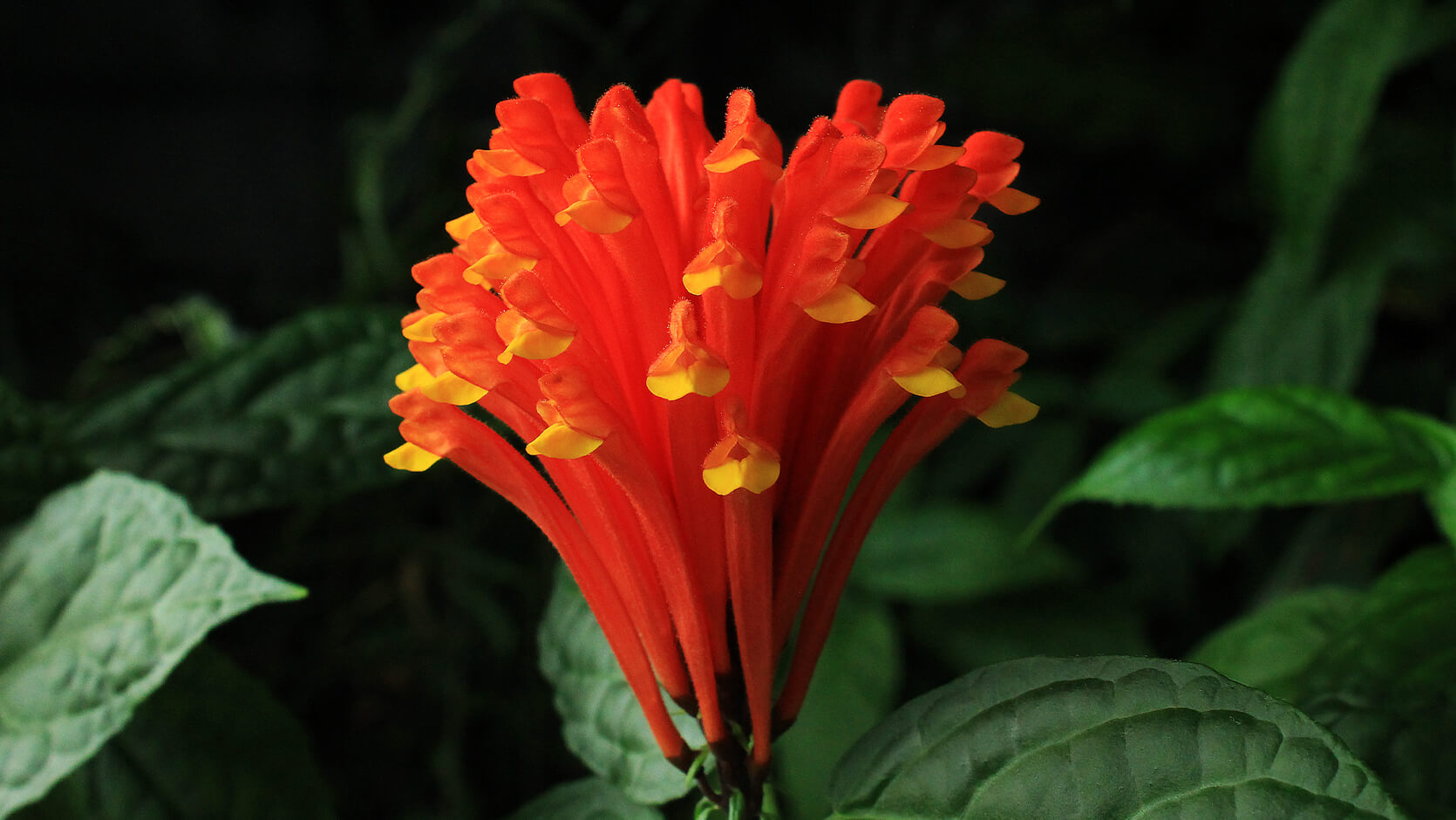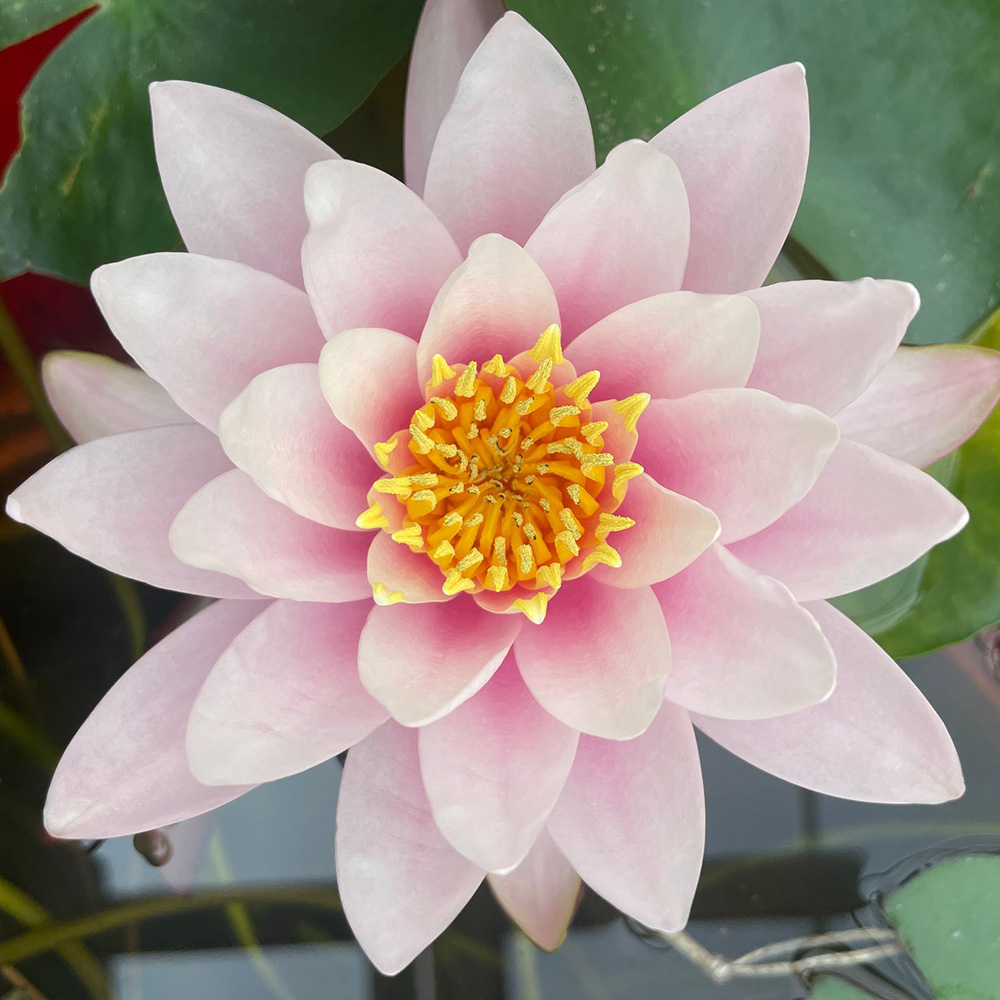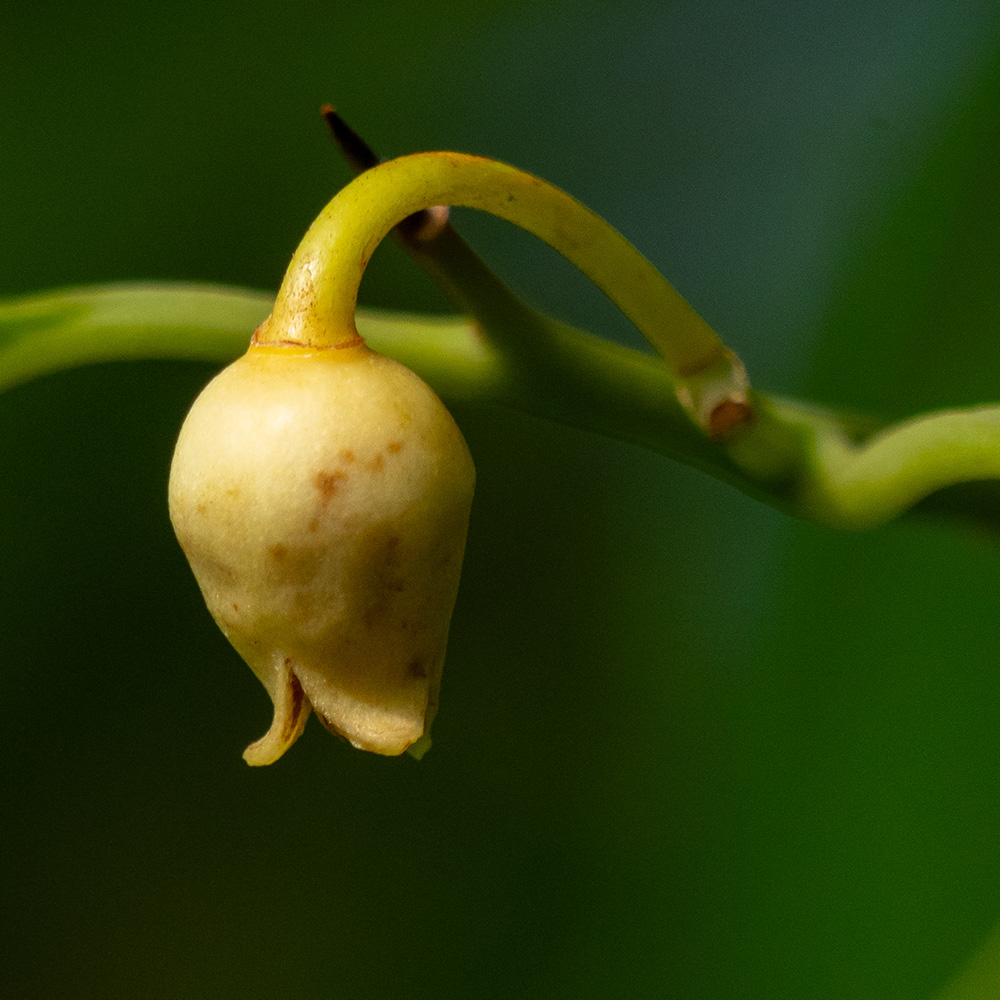Cuipo (Cavanillesia platanifolia)
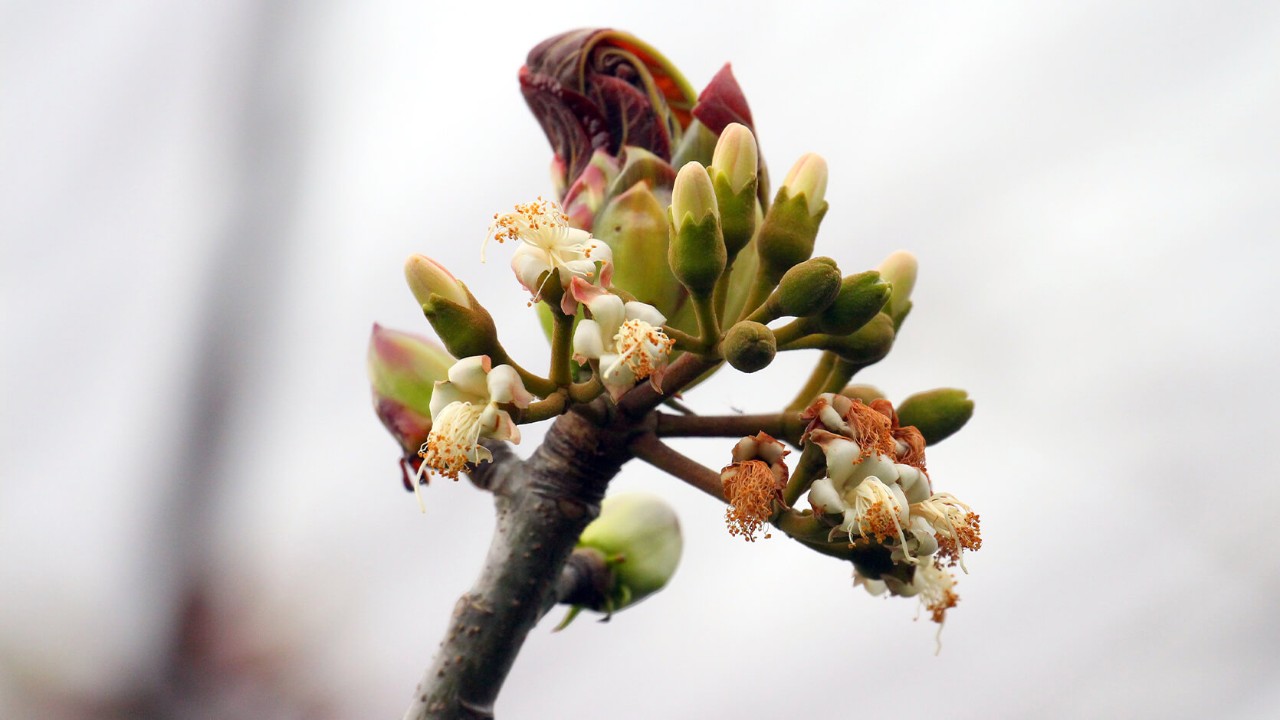
With a smooth, straight trunk and rounded canopy soaring to a height of 50-65m, the cuipo (Cavanillesia platanifolia) stands head and shoulders above the rest of the trees in the lowland forests of Central and South America, from Panama to parts of Brazil. This deciduous canopy tree sheds its lobed leaves at the beginning of the dry season, after which it eventually produces clusters of tiny, white flowers.
Counterintuitively for such a tall tree, cuipo is in the record books as having the softest wood in the world! Like their cousins, the famously enormous baobabs (Adansonia spp.), cuipos are a pachycaul (literally ‘swollen stem’) tree, storing water to survive the dry season within expandable woody tissues within their fat trunks, which can get up to 2.5m in diameter. This water-storing property makes the wood of the cuipo the softest in the world according to the industry-standard Janka wood hardness test. Though prone to rot, the wood was used to make dugout canoes, washing tubs, among other items.
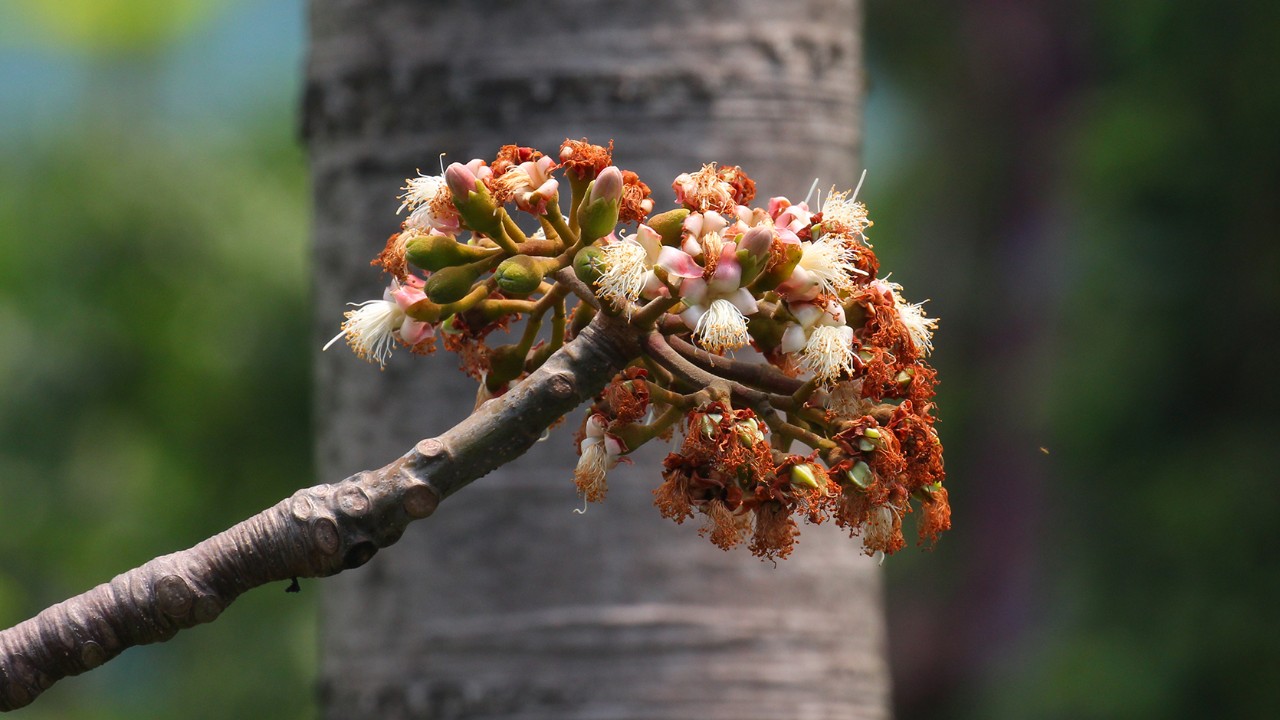 Moths, hummingbirds, and bees pollinate the cuipo’s tiny white flowers in its native South and Central American forests.
Moths, hummingbirds, and bees pollinate the cuipo’s tiny white flowers in its native South and Central American forests.
Find our juvenile representatives of these forest giants in the Supertree Grove planter beds near Supertree Food Hall and in the Secret Life of Trees. Keep an eye out for their papery, five-winged fruits, which should be tumbling to the ground in 2-3 months!
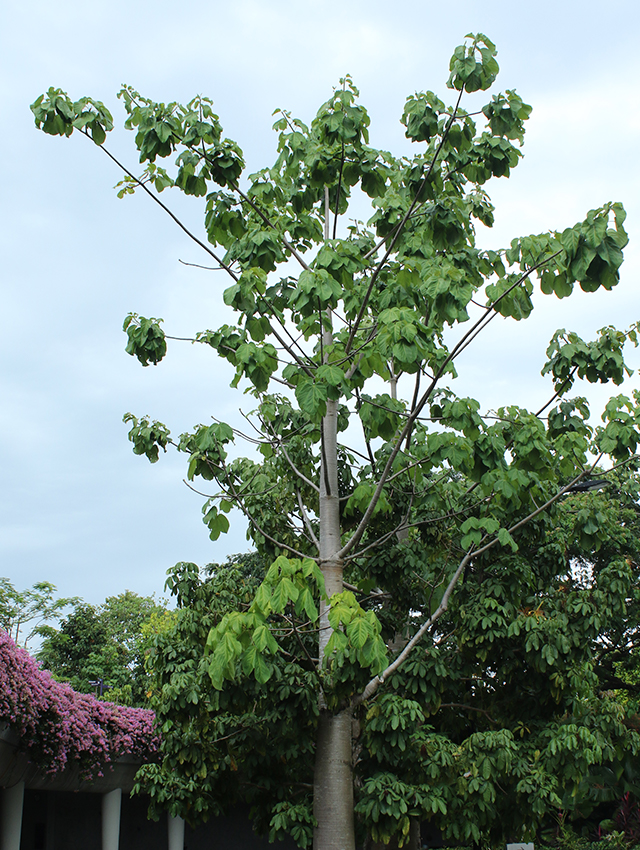 Cuipo branches grow out from the smooth, straight trunk in regular rings or whorls. Slapping the swollen trunk with the palm of your hand produces a hollow watery thump, a bit like a ripe watermelon.
Cuipo branches grow out from the smooth, straight trunk in regular rings or whorls. Slapping the swollen trunk with the palm of your hand produces a hollow watery thump, a bit like a ripe watermelon.
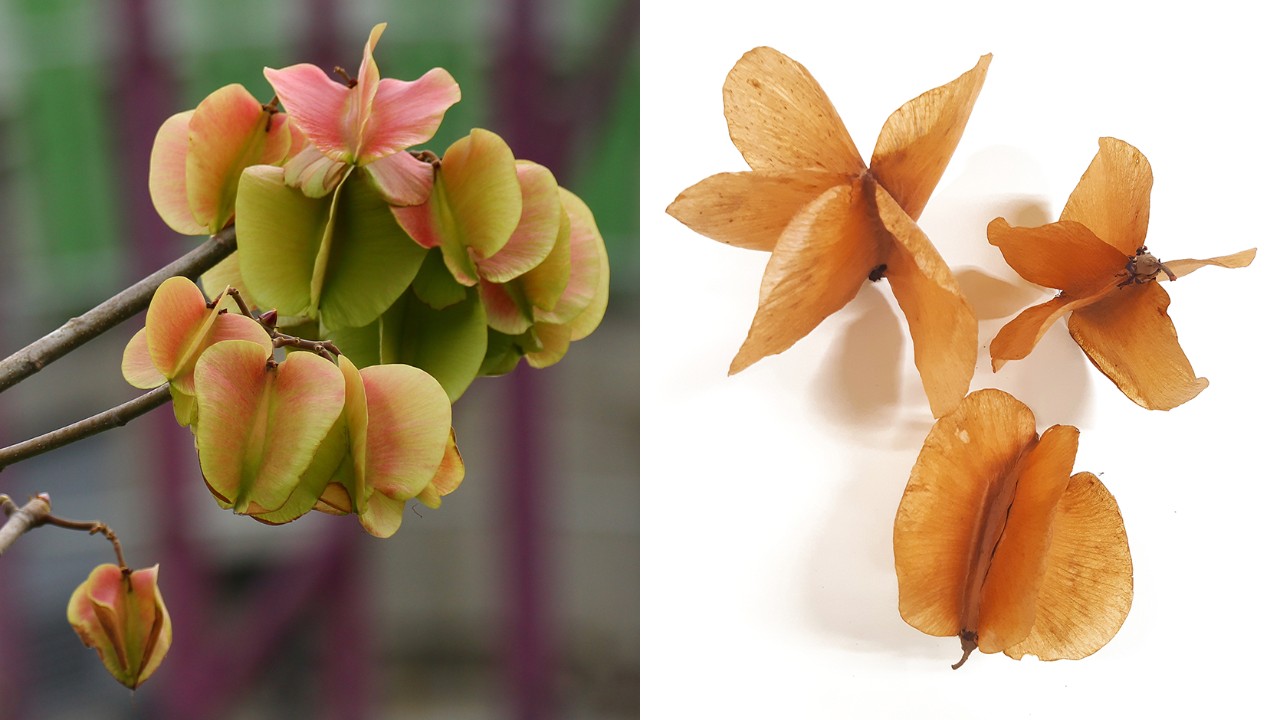 The developing fruits are a pretty pinkish-red and green with five thin wings, ripening to a papery brown. Shaken loose by the wind, the dry fruits tumble and flutter to the ground, where they can also be pushed about by the breeze.
The developing fruits are a pretty pinkish-red and green with five thin wings, ripening to a papery brown. Shaken loose by the wind, the dry fruits tumble and flutter to the ground, where they can also be pushed about by the breeze.
Written by: Janelle Jung, Senior Researcher (Research and Horticulture)
A transplanted pake (Hawai'i-born Chinese), she's finding her own Singaporean roots. Every plant has a story, and Janelle helps discover and share these with colleagues and guests, hoping to spark a mutual plant passion! Ask her what plant she named her cat after!
